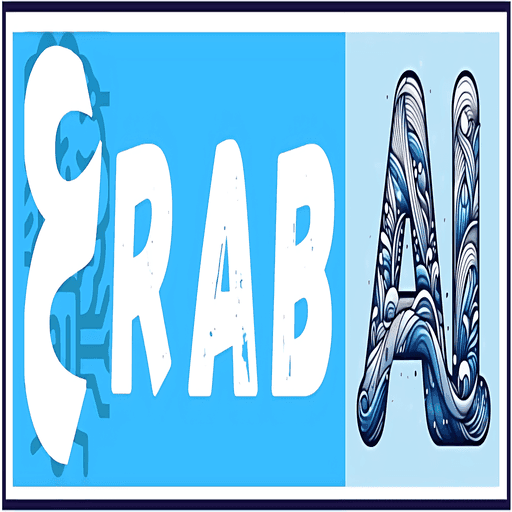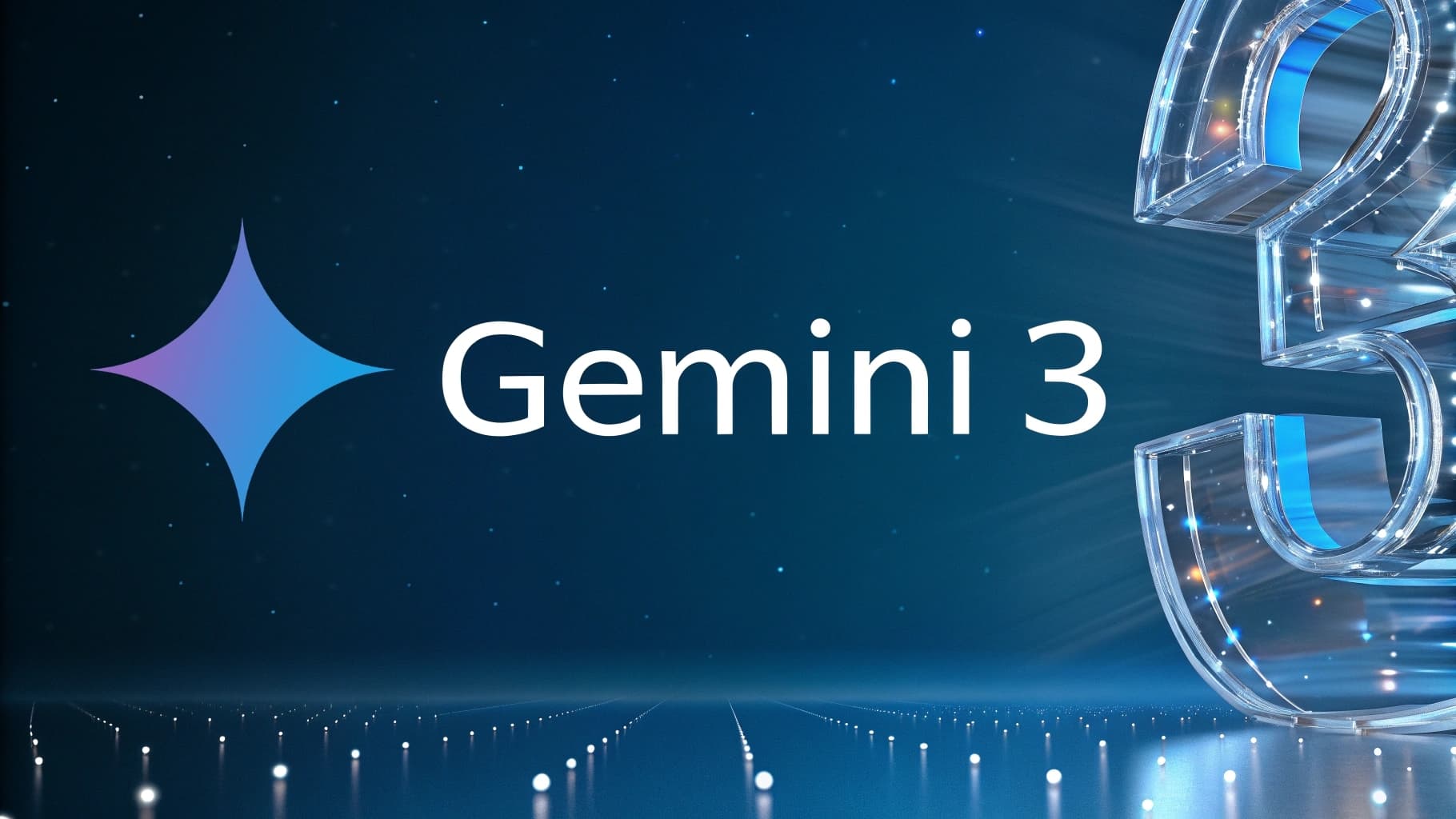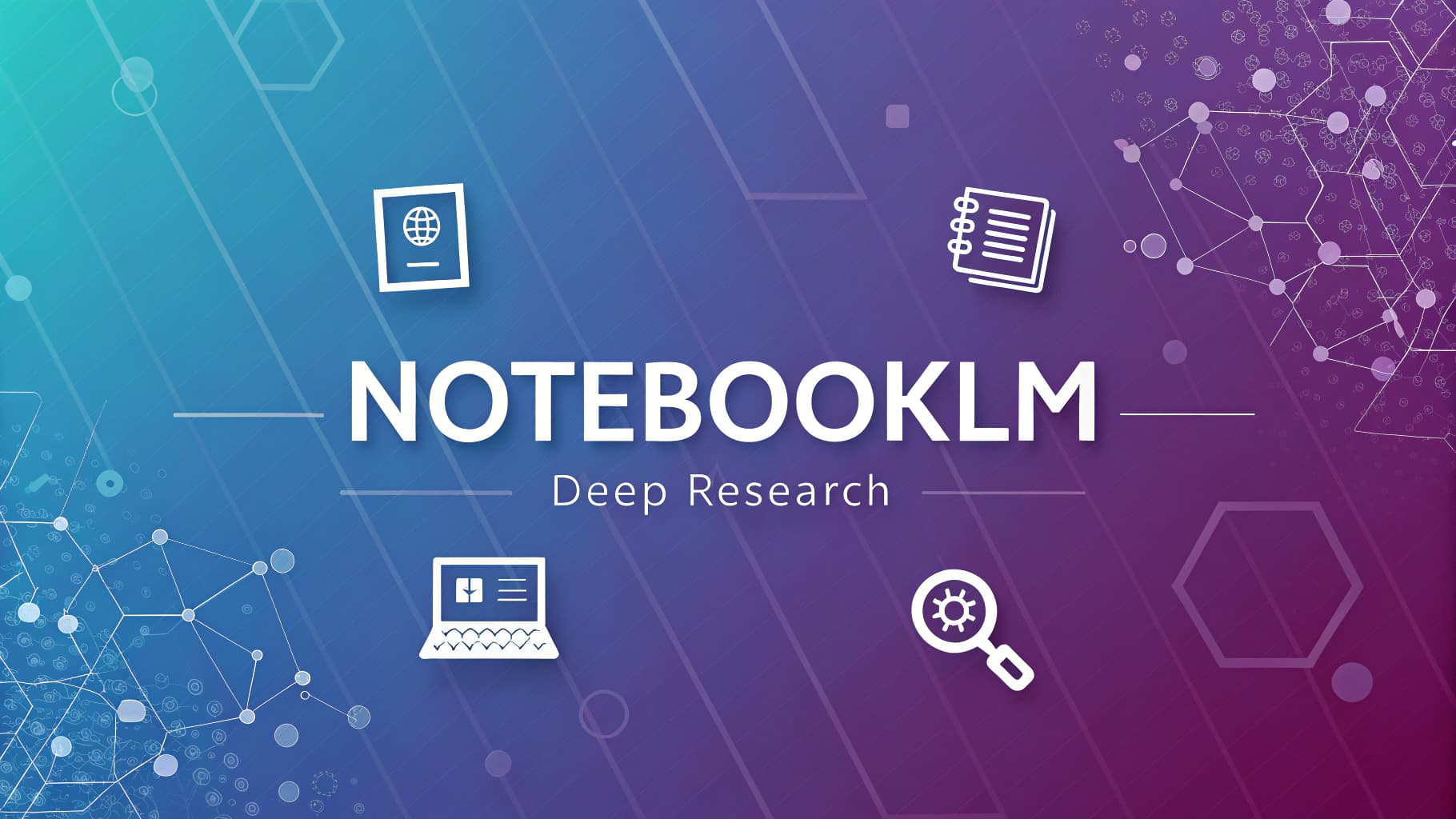
Google Veo 3 Global Rollout: Text-to-Video AI for Users
Last Thursday, Google officially launched its latest video generation model, Veo 3, now accessible in over 159 countries.
Subscribers to Google’s “AI Pro” plan can leverage this advanced technology to create high-definition video clips, up to eight seconds in length, solely from text prompts.
Veo 3 marks a significant leap in AI-driven video, notably being the first to integrate synchronized image and sound within a single process.
The model is capable of producing realistic scenes, complete with dialogues, sound effects, and soundtracks, while precisely simulating details like lighting, shadows, and the physical movement of elements.
Who Can Access Veo 3 Now?
Currently, access to the tool remains exclusive to subscribers of Google’s paid plans, with a daily limit of three video generations per user.
Concurrently, Google has made the new model available to Google Cloud clients and partners via the Vertex AI platform, providing businesses and developers opportunities to leverage this technology in their projects.
To ensure transparency and prevent misuse, Google emphasized the integration of robust security controls within the tool.
A key among these controls is “SynthID” technology, which embeds a digital watermark on every AI-generated video, clearly indicating its artificial origin.
Photo-to-Video Conversion Coming Soon
While the tool’s current focus is text-to-video conversion, Josh Woodward, a Google official, noted that the company is actively developing additional capabilities to enable the transformation of still images into animated videos in the near future.
Status on your top requests:
✅ Text-to-video generations in all countries
✅ Fewer blocks when generating
* Photo-to-video generations (almost ready)Please keep your feedback coming and generating responsibly!
– Josh Woodward (@joshwoodward)
July 3, 2025
Veo 3’s launch represents a significant step towards making professional video production tools accessible to a broader range of creators and businesses. As this field continues to evolve, the technology’s integration of sound and image sets a new standard in digital storytelling.




